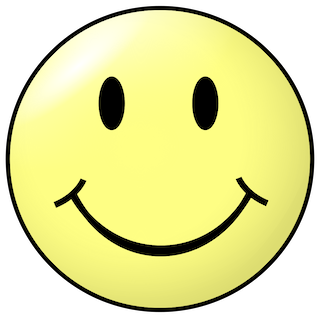
Everything you’ve always wondered about money: Who makes it? And how? For whom? And where are the limits?
Whether it’s the financial crisis, the euro crisis, the Corona crisis, the Ukraine crisis, inflation or the climate crisis: money always plays a decisive role. After all, who is supposed to pay for it? Who should pay for the damage? Who should profit? How much money does the state have? What can society afford? Where are the limits of money and growth? When does inflation arise?
To answer these questions, we first need to understand: How does our money actually work? Where the hell does it come from? How is money created? Who makes it? Does the state make it? The central bank? Do the banks make money – or all of them together? Who controls how much money is created? Who makes sure that neither deflation nor inflation arises? And who has done something wrong if inflation does occur?
If commercial banks always give out new loans in boom times – where do they get the money from? Do they take it from savers? But wouldn’t the money supply then always remain the same? And how could the economy then grow? So, do the banks rather create money when someone wants a loan? Can they write new money on their balance sheets? Or do they get the necessary new money from the central bank? And where does the central bank find it? Does it invent the money? Does it just type it into its computer?
And what role does the government play in all this? Why is the government able to spend seemingly unlimited amounts of money in the Corona crisis? Is it borrowing? Or is it making the money? So, are governments and central banks working together? And are they allowed to? Isn’t there a ban on state financing? On the other hand, isn’t there a state monopoly on currency? How does that fit together? Can’t each state issue its own currency? And even carry out currency reforms? But what is the situation for states in the Eurozone?
If states make the money – why is there government debt? And why are there government bonds? Does the state borrow money from commercial banks and citizens after all? But where should citizens get the money to finance states? After all, we citizens are not allowed to print money. Can banks finance states? Do banks create money in order to lend it to states? But who would give them the right and the power to do so? And aren’t states the ones that have to bail out the banks in a crisis? So, who finances whom?
Are government debts real debts? What role does debt play in money creation in general? Why is there about as much debt in the world as money? Does money come into being with debt? And who is then the ultimate creditor?
Who decides how much new money is created? And who makes sure that money creation fits the economy, i.e., that deflation and inflation do not occur? What role do interest rates, prices and wages play in this? And what about the state’ s power to reduce our demand via taxation? So, who makes the money and has the power with money? And what does all this have to do with democracy?
All these questions are systematically answered in the article “Modern Money – The State Can Do It: An introduction to our monetary system according to Modern Monetary Theory”






